Data-Driven Insights & Predictive Analytics: Performance Analysis
In the digital age, organizations increasingly turn to data analytics to gain a competitive edge. Data-driven insights and predictive analytics have become essential tools for understanding past performance, identifying trends, and predicting future outcomes. By leveraging these powerful techniques, businesses can make informed decisions, optimize operations, and drive growth.
Understanding Data-Driven Insights
Data-driven insights involve extracting meaningful information from large datasets. This process typically involves:
- Data Collection: Gathering relevant data from various sources, such as databases, spreadsheets, and web analytics tools.
- Data Cleaning and Preparation: Cleaning the data to remove errors, inconsistencies, and missing values.
- Data Analysis: Applying statistical techniques and data mining algorithms to analyze the data.
- Insight Generation: Identifying patterns, trends, and correlations within the data.
- Decision Making: Using the insights to make informed decisions and take action.
The Power of Predictive Analytics
Predictive analytics takes data-driven insights a step further by forecasting future events. By analyzing historical data and identifying patterns, organizations can predict future trends and make proactive decisions. Key techniques used in predictive analytics include:
- Time Series Analysis: Analyzing historical data to identify trends and seasonality.
- Regression Analysis: Modeling the relationship between dependent and independent variables.
- Machine Learning: Using algorithms to learn from data and make predictions.
Performance Analysis: A Key Application
Performance analysis is a critical application of data-driven insights and predictive analytics. By analyzing performance metrics, organizations can:
- Identify Bottlenecks: Pinpoint areas where processes are inefficient or slow.
- Optimize Operations: Make adjustments to improve performance and reduce costs.
- Measure Success: Track key performance indicators (KPIs) to assess progress towards goals.
- Predict Future Performance: Forecast future trends and anticipate potential challenges.
Real-World Examples
- Retail: Retailers can use data-driven insights to analyze customer behavior, optimize inventory levels, and personalize marketing campaigns.
- Healthcare: Healthcare providers can use predictive analytics to identify patients at risk of certain diseases, optimize treatment plans, and reduce healthcare costs.
- Finance: Financial institutions can use data-driven insights to detect fraud, assess credit risk, and optimize investment portfolios.
Conclusion
Data-driven insights and predictive analytics have the potential to revolutionize the way organizations operate. By harnessing the power of data, businesses can gain a competitive advantage, improve decision-making, and drive innovation. As technology continues to advance, the importance of data-driven insights and predictive analytics will only grow.
[Add relevant image or infographic]
Would you like to delve deeper into a specific aspect of data-driven insights or predictive analytics?
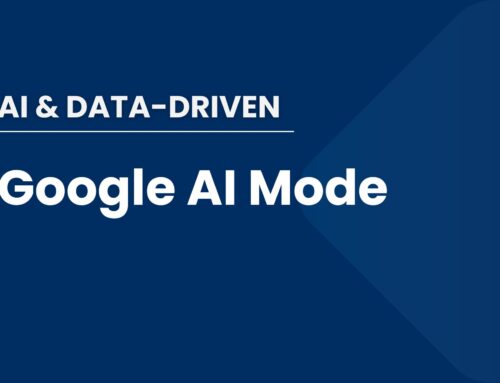
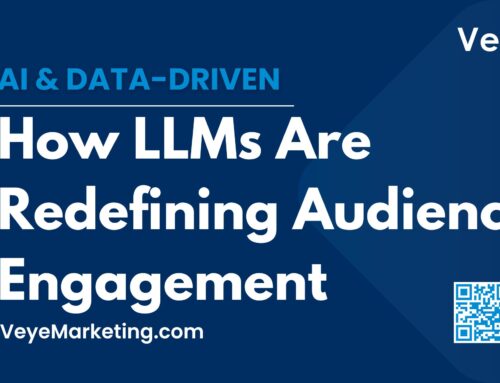
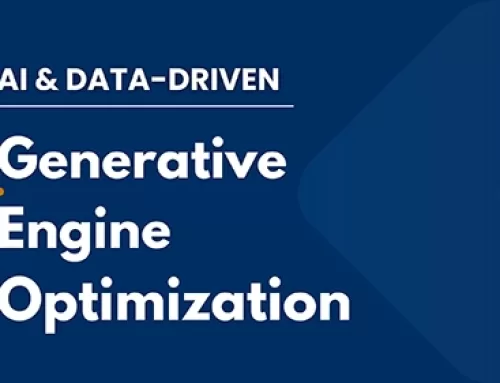
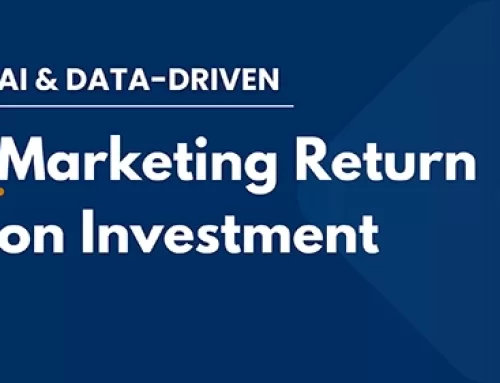
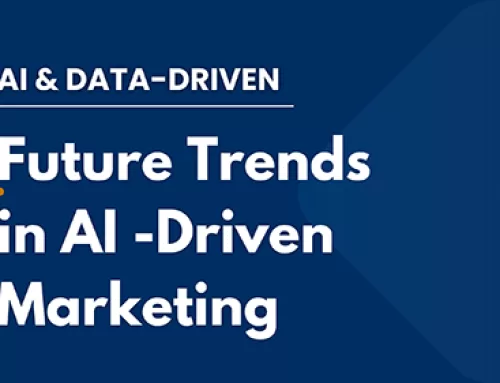

Leave A Comment
You must be logged in to post a comment.